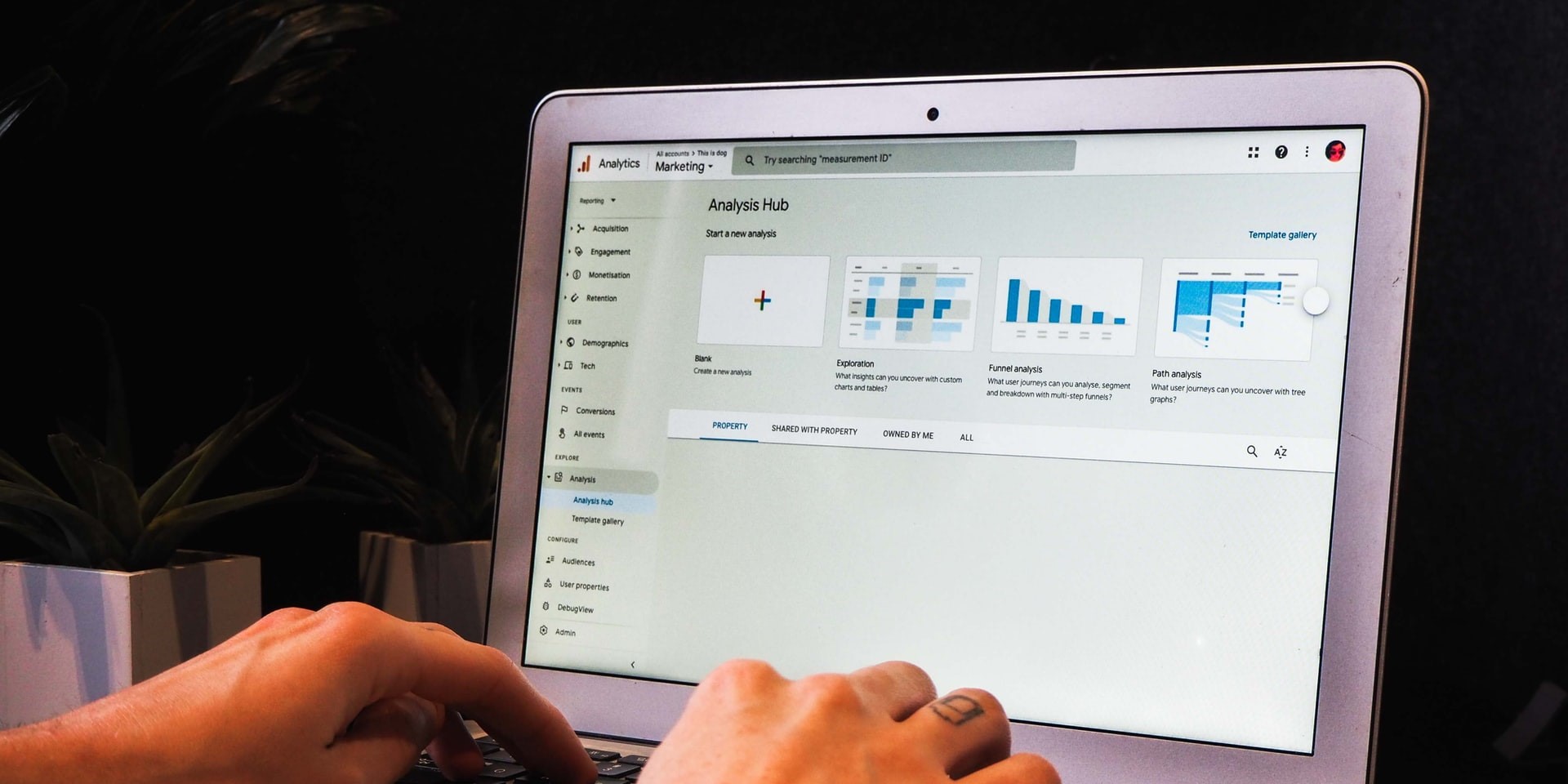Enhancing GA4 conversion tracking: How to count conversions once per session
GA4 has reintroduced the once-per-session conversion counting method. Find out what this means and how to implement more accurate conversion tracking.
Read moreIs your attribution still completely based on last click? I have been posing this question to various marketing professionals and businesses across various sectors over the last few months. What shocks me is how everyone has the same problem – seeking a single customer view to establish a clearer understanding of the customer’s journey. So, let’s start at the beginning. What is “attribution”, and what does it really mean in the realm of Digital Marketing?
The Interactive Advertising Bureau (IAB) defines marketing attribution as; “the process of identifying a set of user actions (“events”) across screens and touch points that contribute in some manner to a desired outcome, and then assigning value to each of these events”.
So, you will note that it doesn’t refer to online or offline. It is simply a holistic view of your customer journey and giving appropriate credit to each interaction that led to a desired outcome (for the purpose of this article we will refer to this as a conversion). Ask yourself - do you understand your customer journey? This is the part we all look to technology to help us with.
There is already a lot of digital marketing tech available that can help you to start answering this question for free; Google Analytics, Facebook Attribution, Google Ads.
The main piece of advice to consider when deciding which bit of tech is likely to fit your needs is to decide what you want to measure, and then think about where you want to measure it. Everything is moving towards machine learning and automation, so why invest your time into overlaying many data sets and trying to match events up to measure value and portion this up, when you can just compare models to understand the 3 key questions?
The 3 key questions that inform decision-making around attribution are:
Why are these important? Because your upper funnel activity (otherwise known as prospecting) is invaluable when evaluating end-to-end performance. Assisted conversion activity is part of your mid funnel, and is equally important as it connects your brand and product with the consumer. Finally, your lower funnel activity often involves either direct marketing or re-marketing activity, which drives the final decision and where the ROI is typically higher.
It’s essential for marketers to invest in and analyse every part of the marketing funnel, to ensure that each conversion path is driving customers to purchase. There are many factors to consider here, including competitive market, generic product and considered purchase.
Recently, I used RStudio to collate multi funnel data via the Google Analytics API, which allowed me to analyse data across different channels and campaigns. This data helped me to show clients the impact and value of the marketing mix on their overall revenue, demonstrating the importance of nurturing their upper funnel to drive year-on-year growth.
The process of collating this sort of data can be broken down into 5 steps:
You are then able to view the data in excel and visualise your data. We typically use this to pivot the sales funnel for our clients, so that they understand which campaigns drive awareness, consideration and finally, conversions. This enables clients to quantify the ROI of each element of their overall digital marketing strategy. Of course, impression data and incrementality are also very important factors to consider, but analysing campaigns in relation to driving growth is key.
Do you understand your customer journey? Can you answer the key questions that inform decision making-around attribution? If you want to find out more, book in a conversation with our dedicated team of digital marketing specialists to see how we can help.
More articles you might be interested in:
.png)
GA4 has reintroduced the once-per-session conversion counting method. Find out what this means and how to implement more accurate conversion tracking.
Read more
What are thank you pages, and why are they important for monitoring performance? Find out more about thank you page best practices.
Read more
Wondering where to find bounce rate in GA4, and what the measurement’s changes mean? Our latest blog compares bounce rate versus engagement rate in...
Read more
How did Black Friday 2022 look for our clients? Connor Hyslop reviews how this unprecedented peak period impacted our paid search performance
Read more
After 25 years in the marketing mix, Display and Programmatic has paved the way for channels such as Paid Search and Paid Social. So, why do you need...
Read more.jpg)
What do you really need to know before getting started with GA4? Dr Dave Chaffey highlights the quirks and 'gotchas' of the new platform.
You can’t...
Read more
Is Phrase the best replacement for Broad Match? Our specialists put them head to head and share what they found with the Paid Search community. Read...
Read more
Brands putting off migrating to GA4 risk losing all of their YoY data. Al Rowe shares why this is bad news for advertisers and how it can be dodged.
Read more